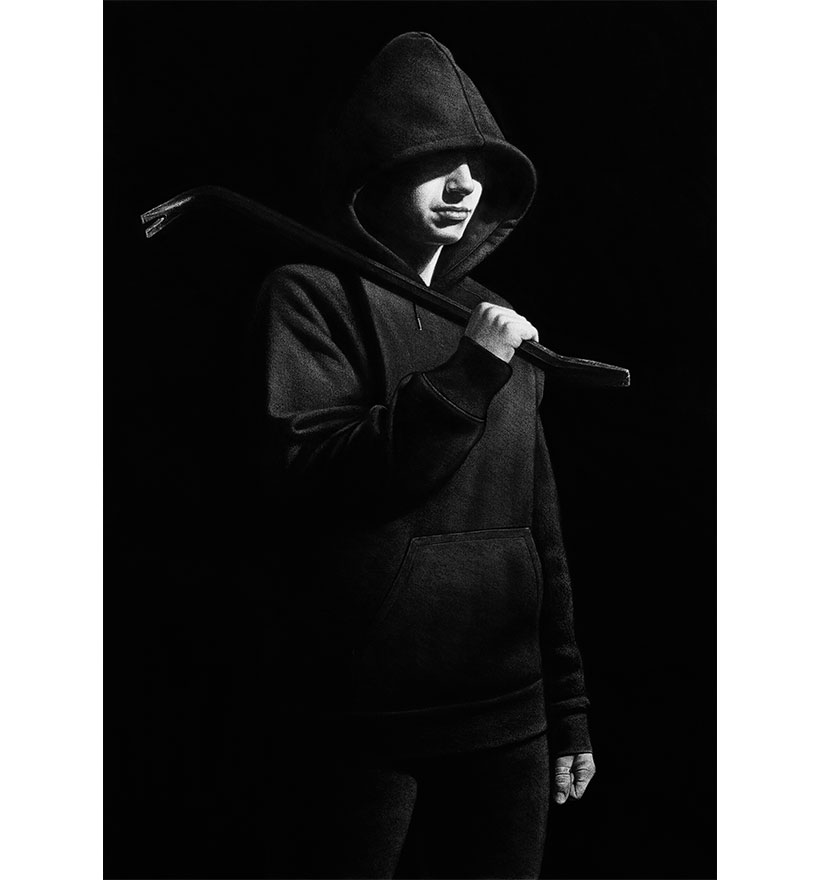POWER
07/09/2017 - 21/10/2017
Kepa Garraza
This project has been conceived as a reflection about the representation of power in Western culture from classical Greece to the present. Considering that this subject is very extensive and can be tackled from multiple points of view, my approach focuses on the use of sculpture to make portraits of historical leading figures directly related to political or military power.
These figures ranging from Julius Caesar to Vladimir Putin, includes leading protagonists of history such as Philip II, Napoleon Bonaparte or Joseph Stalin. All these characters have been key to understand the history of the Western civilization and all of them have used art as a propaganda tool to serve their own interests. This project is structured as a chronological narration, which begins in the classical world to advance through the Middle Age, the Renaissance and the seventeenth and eighteenth centuries, where the same patterns of representation of power are repeated.
European monarchs from Charlemagne to Louis XIV used an inherited symbolism from the classical world, adapting it to the uses and styles of each era. This narration advances through the first two decades of the twentieth century, which represent the beginning of the decline of the genre, who lives a sudden resurgence in the interwar period under the totalitarian regimes. This tour ends nowadays with some of the few contemporary examples of the genre: the outsized portraits of North Korean leader Kim Jong-il or the bizarre sculpture showing Putin as a giant judoka.
My aim with this project is to analyze the relationships between art and power through history, displaying a visual timeline of images showing the viewer how art has always worked under the shadow of political power. This close relationship between art and power seems to be a constant until the early twentieth century, when the avant-garde erodes this union on behalf of the autonomy of art. However, this process of breaking with the interests of the apparatus of power has proved to be a chimera. Nowadays the concept of propaganda has changed to more sophisticated forms but it still works in a fully functional way.

